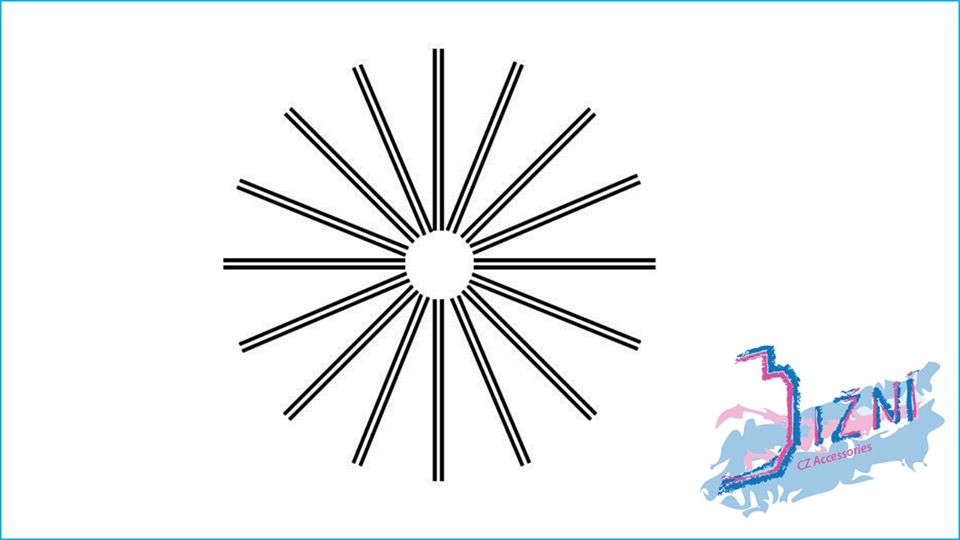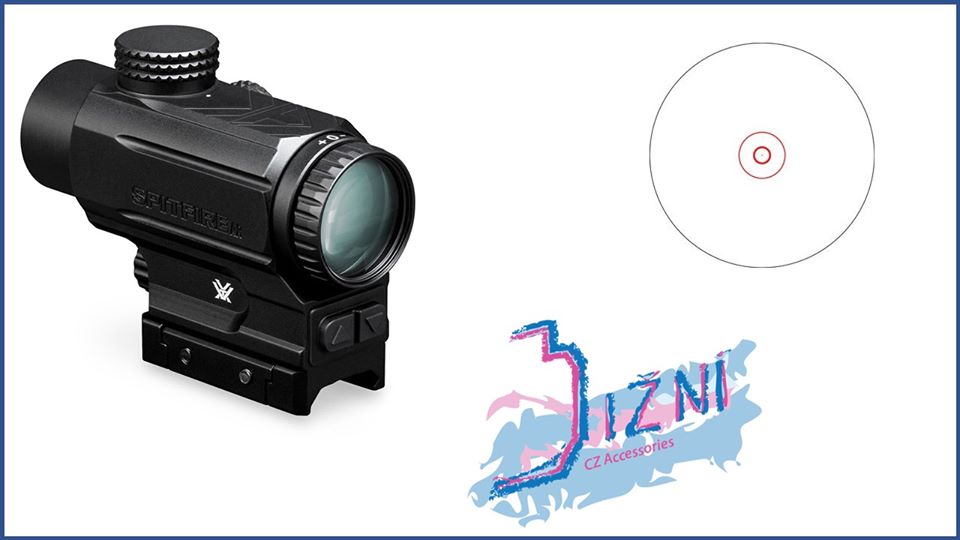No products
Manufacturers
Categories
- AK-47 Pattern Rifles
- AR-15 Accessories
- Beretta Accessories
- Canik Accessories
- CZ Accessories
- CZ P-07 & Duty
- CZ P-09
- CZ P-10 Series
- CZ Shadow 1
- CZ Shadow 2
- CZ Shadow 2 Compact
- Competition rigs (Shadow 2 Compact)
- Holsters (Shadow 2 Compact)
- Magazine pouches (Shadow 2 Compact)
- Sights (Shadow 2 Compact)
- Optic Mounts (Shadow 2 Compact)
- Grips (Shadow 2 Compact)
- Service Parts (Shadow 2 Compact)
- Magazine Wells (Shadow 2 Compact)
- Performance Parts (Shadow 2 Compact)
- Magazines (Shadow 2 Compact)
- P-01 / Compact
- P-01 Omega
- CZ 75 B
- CZ 85
- CZ 75 Tactical Sport
- CZ Scorpion
- Older CZ 75 (Pre-B)
- CZ 97 B
- CZ Branded Items
- Glock Accessories
- GLOCK Gen 1 - 3
- Holsters (Glock)
- Magazine Pouches (Glock)
- Competition rigs (Glock)
- Magazines (Glock)
- Performance Parts (Gen 3)
- Sights (Glock)
- Optic Mounts (Glock Gen 3)
- Lights / lasers (Glock)
- Spare Parts (Gen 3)
- Tools (Glock)
- Carbine Conversions (Gen 3)
- Grip Enhancements (Glock)
- Magazine Wells (Gen 3)
- Magazine Bases (Gen 3)
- GLOCK Gen 4
- Holsters (Glock)
- Magazine Pouches (Glock)
- Competition rigs (Glock)
- Sights (Gen4)
- Optic Mounts (Glock)
- Lights / lasers (Glock)
- Performance Parts (Glock Gen 4)
- Magazine Wells (Gen 4)
- Magazines (Glock)
- Magazine Bases (Gen 4)
- Tools (Glock)
- Spare parts (Glock Gen 4)
- Grip Enhancements (Glock)
- Carbine Conversions (Glock)
- GLOCK Gen 5
- Glock Slimline
- Holsters (Glock Slimline)
- Magazine Pouches (Glock Slimline)
- Magazines (Glock Slimline)
- Magazine Bases (Slimline)
- Performance Parts (Glock Slimline)
- Sights (Glock Slimline)
- Lights / lasers (Glock Slimline)
- Tools (Glock)
- Grip Enhancements (Glock Slimline)
- Optic Mounts (Slimline)
- Spare parts (Glock Slimline)
- Glock Branded Items
- GLOCK Gen 1 - 3
- Sig Sauer Accessories
- Smith & Wesson Accessories
- Vektor Accessories
- Long guns (rifle / shotgun)
- Lights and Lasers
- Gun Belts
- Gun Slings
- Training Aids
- Range Time
- Gun Care
- Reloading
- Miscellaneous
- Featured Products
- Tools
- End of line specials.
- Grand Power
- Optical Sights
- 1911 Accessories
Astigmatism and dots
Astigmatism?
Here is an interesting eye test that might be very relevant to shooters using red dot optics. Have a look at the attached picture. Do all the black lines appear equally wide, with the white spaces between them perfectly white, or do some of the black lines seem narrower and the spaces between them greyer? If you experience the latter, turn the image on its side. Did the ‘fuzzyness’ rotate with the image or did a new set of lines now become fuzzy?

We often get similar comments from people looking through our red dots: “The dot is not perfectly round. It’s shaped more like, let’s say, a comma.” “Okay, turn the optic on its side. Is the comma now sideways?” Invariably the answer is: “No, it is still pointing downwards!” Obviously, if the anomaly doesn’t turn with the picture or the optic, the problem is related by the static component – your eyes. You most likely have a condition known as astigmatism.
A lot of people don’t even know they have astigmatism, and never would have, were it not for the havoc caused by the high contrast dot of a reflex sight. I have personally believed for quite a while that my dot had a defect. One day I got suspicious, asked family members to look through it, and they described something different than what I saw. I thought about turning the optic on its side, and it dawned on me. The diagnosis was complete when I looked at a lunar eclipse soon after and noticed that the moon, too, was broken.
So where does this leave the shooter with astigmatism?
Prescription glasses
Firstly, having your eyes tested and prescription shooting glasses made goes a long way towards mitigating the condition. I still experience a little bit of residual ghosting, but nothing that really bothers me under competition conditions. At this point, it is important to mention that everybody’s astigmatism differs, and what works for me might not work for you, but other shooters that I’ve spoken to tend to confirm my experience.
Dot selection
Careful optic selection can also go a long way to improving your optic experience. Some shooters simply choose a smaller dot and accept that it looks a bit larger and irregular. Personally, I have found that I can get a much cleaner reticle by turning the contrast down. This, however, necessitates a larger dot so as not to lose the reticle in bright conditions. I’m currently using a 7.5 MOA triangle which is massive in dot terms. For finer shots, I am using the tip of the triangle. This suits me to a tee, because my eyes create ghost images mostly below the reticle, which leaves me with a well-defined triangle tip, even when the rest of the reticle is not perfect.
When using fiber optic iron sights, I prefer green fiber optics to red. I, therefore, had high hopes for green versus red dots, only to find that green really allowed me to experience my astigmatism in HD! A blurry red dot becomes an array of perfectly defined green dots. Another shooter found green significantly better than red: “Green is my thing.”
Optics technology
Although reflex sights are the only sights currently small enough to fit on a handgun slide, there are different technologies available for rifle sights that might be more suitable for shooters with astigmatism. Prism sights (like the Vortex Spitfire AR pictured) have etched reticles that are visible with or without illumination. This is basically a 1X magnification telescope with a dot reticle. It shares some of the disadvantages of a telescope (scope shadow, problematic co-witnessing of iron sights), but it works wonders around some people’s astigmatism.

Holographic sights (like Eotech’s range or Vortex’s UH-1) use a different technology that may or may not work for your eyes. Even without corrective lenses, these reticles are perfectly defined for my eyes.
Conclusion
Ultimately, I would not discourage shooters with astigmatism to pursue the benefits of a red dot scope. I would just advise them to take a bit of care in selecting their dots. If you have the opportunity, look through as many optics as possible before selecting one.




